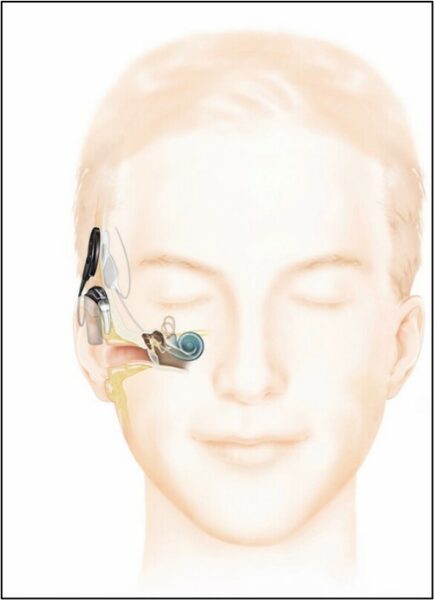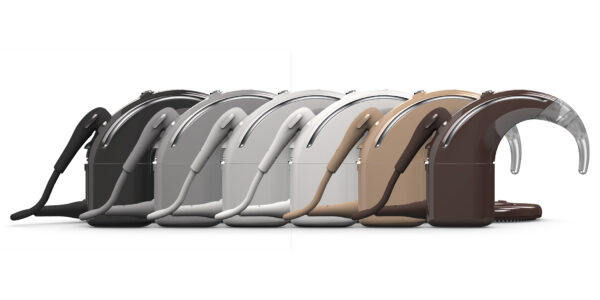Unlike conductive hearing loss, which affects the middle ear’s sound transmission, sensorineural hearing loss (SNHL) affects the inner ear. Tiny hair cells, called cilia, vibrate in response to sound waves, sending signals from the hearing nerve to the brain. Damage to these hair cells, often from aging, noise exposure, or genetic factors, can lead to sensorineural hearing loss. Below we look to explore its causes, available treatments, common symptoms and the often-overlooked aspect of noise-induced hearing loss. Read on:
Symptoms of SNHL
- Difficulty hearing faint sounds, especially high-pitched ones
- Struggling to follow conversations in noisy environments
- Tinnitus, a constant ringing or buzzing in the ears
- Feeling like your own voice sounds “off”
- Struggling to hear with conversations on the phone
- Withdrawing from conversations that are too difficult to understand
 Degrees of Hearing Loss
Degrees of Hearing Loss
Understanding your degree of hearing loss is important to determining the right treatment pathway. A hearing health professional will be able to help identify what degree of hearing loss you or a loved may have. The four degrees of hearing loss are:
- Mild Hearing Loss
- Moderate Hearing Loss
- Severe Hearing Loss
- Profound Hearing Loss
Hearing aids may be a good solution for someone with mild-to-moderate hearing loss, while cochlear implants may be a good solution for someone with severe-to-profound hearing loss. Read on to learn more about these solutions.
 Causes and Treatments of SNHL
Causes and Treatments of SNHL
The causes of sensorineural hearing loss can vary, occurring rapidly or gradually over time.
Some common treatments for sensorineural hearing loss are:
- Hearing aids: Hearing aids help those who have mild to severe hearing loss and have some remaining healthy sensory hair cells in the inner ear that can transmit sound to the brain using amplification.
- Cochlear implants: Cochlear implants help those with moderate to profound hearing loss in both ears who are not receiving enough benefit when using hearing aids. They are designed to help you get back the sounds you’ve been missing by giving you the clarity you need to hear better and understand speech, even in noisy situations.
 If you or a loved one are experiencing sensorineural hearing loss, please utilize these additional resources below to learn about your hearing loss or find the nearest hearing clinic near you:
If you or a loved one are experiencing sensorineural hearing loss, please utilize these additional resources below to learn about your hearing loss or find the nearest hearing clinic near you: